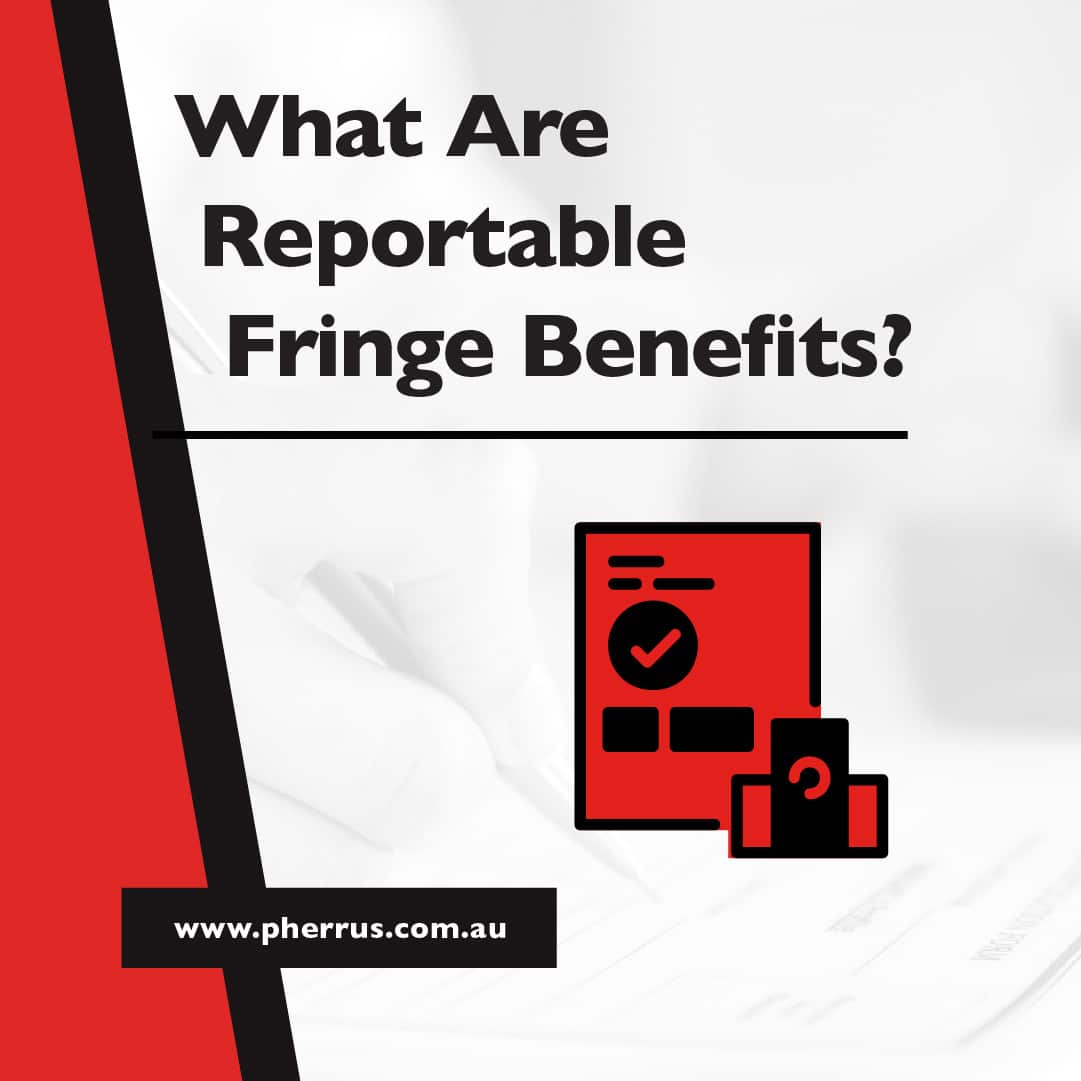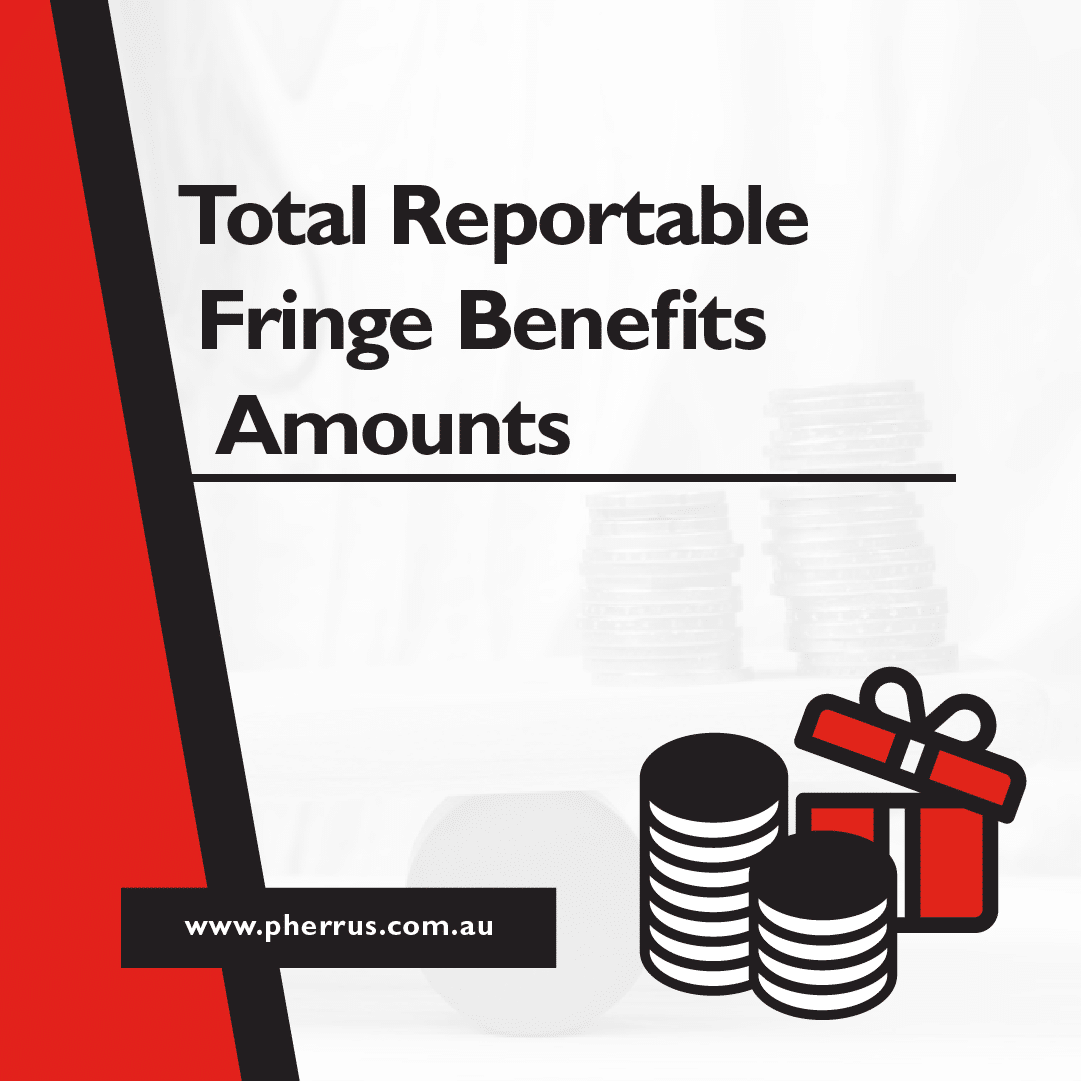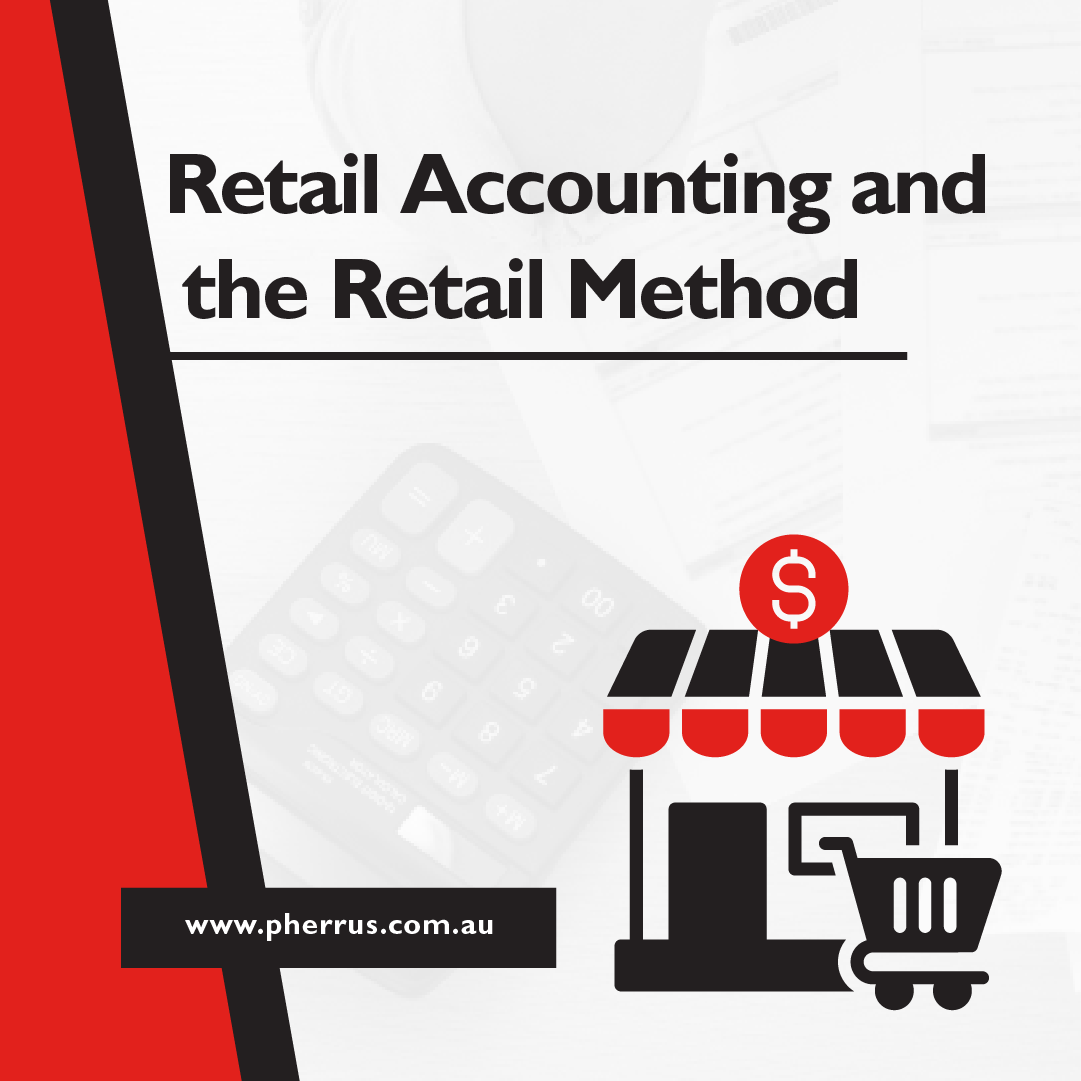As an employer, it’s essential that you understand the answer to “what are reportable fringe benefits in Australia?” to ensure you’re paying all necessary tax.
In line with the ATO’s guidelines, there are specific rules and regulations for paying fringe benefits tax.
We cover everything you need to know in our quick-start guide for employers, from “What is reporting fringe benefits tax?” to the amount you’ll pay and what is included in reportable fringe benefits at the end of each tax year.
Our comprehensive guide covers all of the fundamentals of what is considered reportable fringe benefits, including some of the most common types with examples.
Read on now to learn more about what fringe benefits are, their thresholds, and specific criteria to follow as an employer:
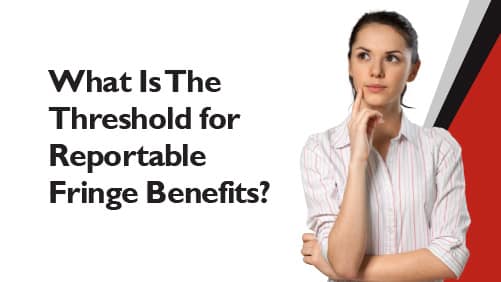
What Is The Threshold for Reportable Fringe Benefits?
Whether or not you need to report fringe benefits depends on two factors. Firstly, if a fringe benefit is exempt from taxes, you may not have to report it.
Secondly, if the value of specific fringe benefits falls below the $2,000 threshold within a single tax year, you’ll need to report the grossed-up taxable value of those benefits.
This process applies within the fringe benefits tax year, which runs from 1st April to 31st March. The answer to “what are total reportable fringe benefits?” will depend on these conditions.
To calculate the FBT for an employee, the best place to start is with the ATO’s official calculation method, which follows step-by-step guidelines for calculating FBT.
As an employer, you must self-assess based on the correct gross-up rate, which is covered in detail on that page.
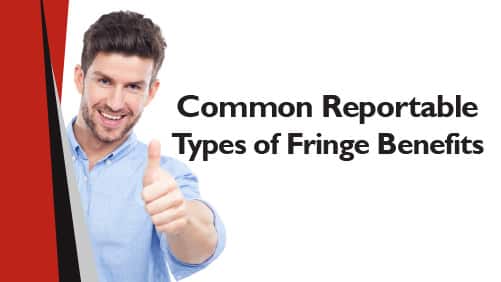
Common Reportable Types of Fringe Benefits
You can give employees more than one benefit that needs to be reported based on the above criteria. Ensuring you know what is exempt from reporting as fringe benefits and what needs to be taxed is essential to ensuring you’re on the right track.
Some of the most common reportable types of fringe benefits include:
Car Use for Private Purposes
If you include a benefit where employees own or lease a car they can use for private purposes, you’ll need to pay fringe benefits tax. When an employee uses a vehicle that is stored near or on their property, that vehicle is considered private to tax.
The only exceptions to this rule are for eligible electric vehicles, which may be exempt, and for non-standard vehicles, like utility vans and panel vans, that are used mostly for work and only occasionally for personal use.
For example, if part of your employee benefit includes a company car that the employee can use throughout their employment at your company for any purpose, that benefit will need to be calculated for fringe benefits tax.
So, if your employee commutes and drives to clients’ businesses in a sedan or station wagon owned by the company, this would be considered a car fringe benefit and be eligible for FBT.
Gym Memberships
Many employers offer a gym membership or access to fitness classes or centres as a part of their benefits package.
This seems like an exception to the standard fringe benefits rules. But the ATO thinks that gym memberships are a form of entertainment for employees and that businesses should pay fringe benefits tax on them.
The only way to avoid paying this tax is if employees are given access to a gym owned or leased by the company within their place of work, where an exemption applies.
For example, if your company were to pay a one-year rolling gym membership for all employees at $500 per person per year, they would provide a fringe benefit of recreation and entertainment to each employee. So, as an employer, you would have to pay FBT on the gym membership you offer.
Entertainment-Related Fringe Benefits (Concert Tickets)
Gym memberships are one less-obvious example of entertainment fringe benefits. Beyond this, there are plenty of scenarios where you can provide an entertainment-based benefit to your employees in the form of an experience or event.
The confusion here comes from how the ATO categorises events to know what is reportable fringe benefits tax.
For example, if you paid for employees to go to a concert as a benefit, you would have to pay fringe benefits tax on the cost of the tickets and possibly other costs related to lodging and going to the event.
Expense Payments
Expense payments are a consideration for fringe benefits tax if, at any point, an employee incurs an expense and you, as an employer, reimburse them or pay a third party for the cost incurred.
This expense could be private, business-related, or a mixture of both. The same idea holds true when an employee’s friend or family member pays for or reimburses the employee’s expenses.
“Are there reportable fringe benefits?” In any case where your employee receives a benefit such as a loan or financial support, it counts as a reportable fringe benefit.
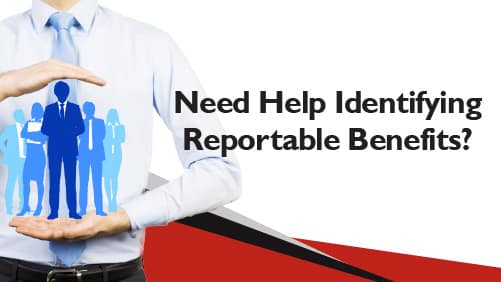
Need help identifying reportable Benefits?
If the concept of reportable benefits and fringe taxes sounds complex, seeking expert support is your ideal choice. As experienced accountants with an excellent understanding of fringe benefits and the taxes they entail, we can support you in making the right choices.
We assist you in paying your fringe benefits tax correctly each year to avoid confusion, unexpected costs, or penalties.
Need our help? We can help you determine the answer to “what is the reportable fringe benefit amount?” Get in touch with us directly or fill out our contact form, and a member of our team will be in touch soon.


